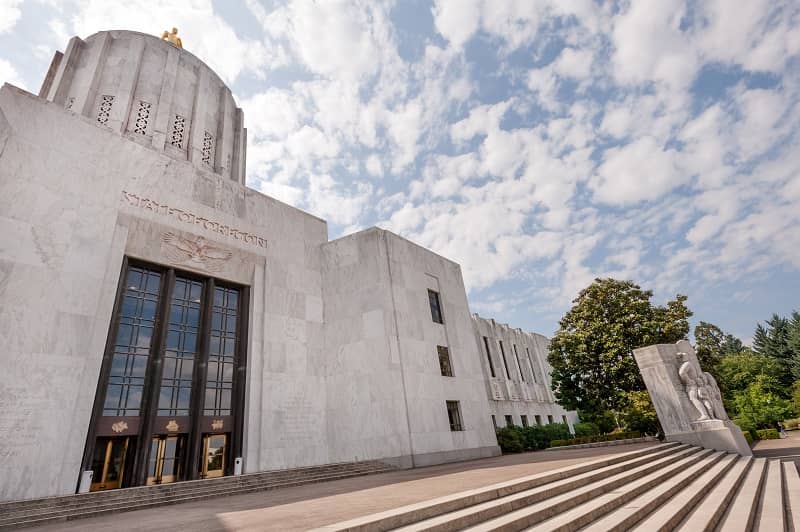By Anna Mae Kersey, Emma Newman, and Thomas Tullis
TriMet is considering the construction of a light rail line from Portland State University to Tualatin, at a cost of roughly $2 billion.
One routing option still on the table is to run the train down Barbur Boulevard, then build a tunnel to the Sylvania campus of Portland Community College. The tunnel would add $244 million in capital cost. It also would require moving several dozen homes and take at least two years to build.
To put this in perspective, for the price tag of the proposed tunnel, one could purchase approximately 23,094 Teslas, build 41 aerial trams like the one at OHSU, buy two brand-new cars per PCC-Sylvania student, or pay for 117,200,000 Uber rides from the PCC Sylvania campus to downtown Portland.
Such a hefty sum might be justified if there were a need for “high-capacity” transit at PCC-Sylvania, but such a need does not exist.
According to survey data released by PCC, 58 percent of Sylvania students drive to class, while 32 percent take shuttles or buses. However, travel surveys are notoriously unreliable, in large part because people tend to underreport their reliance on auto travel.
To correct for this, Cascade Policy Institute collected field data by going to PCC-Sylvania and counting every trip to and from the campus, at various times and on various days. The field observations tell a different story. Roughly 84 percent of students drove and only 15 percent took TriMet or the PCC shuttles during our observations, which covered nearly 7,000 trips.
During final exams week, when students really had to be in class, the split was even more skewed: 89% traveled via private automobile.
The difference between what students said in a survey and how they actually traveled is significant because it shows that college students are much less willing to forego cars and take transit than is commonly thought. For TriMet, this means the proposed light rail line likely will not have the increase in ridership that planners assume.
We can also learn from experience elsewhere, because one other PCC campus has been directly served by light rail for the past five years. The PCC Willow Creek campus is a single building located directly next to a light rail station on the west side. This is unlike the spread-out PCC Sylvania campus, where students would still have to walk a significant distance from the proposed light rail station to get to their classes.
Despite the convenience of light rail stopping right at the front door, at Willow Creek the field observations showed that 80 percent of students drove, 14 percent took light rail, and 5 percent took the bus. This is only a slight decrease in automobile use compared with Sylvania. Is it really worth spending $244 million to service a suburban college campus with light rail for this tiny difference?
Driving is the preferred method of travel for the majority of college commuters because it offers versatility that caters to their complicated schedules both in and out of the classroom. It seems that the complexities of student lives and lack of demand for transit are being overlooked in this decision.
PCC-Sylvania is already served by a rich mixture of college shuttles and TriMet buses. Those options are currently underutilized. Thus, there is no reason to spend $244 million and disrupt the serenity of this neighborhood to build a light rail tunnel.
Anna Mae Kersey, Emma Newman, and Thomas Tullis are research associates at Cascade Policy Institute, Oregon’s free market think tank.











